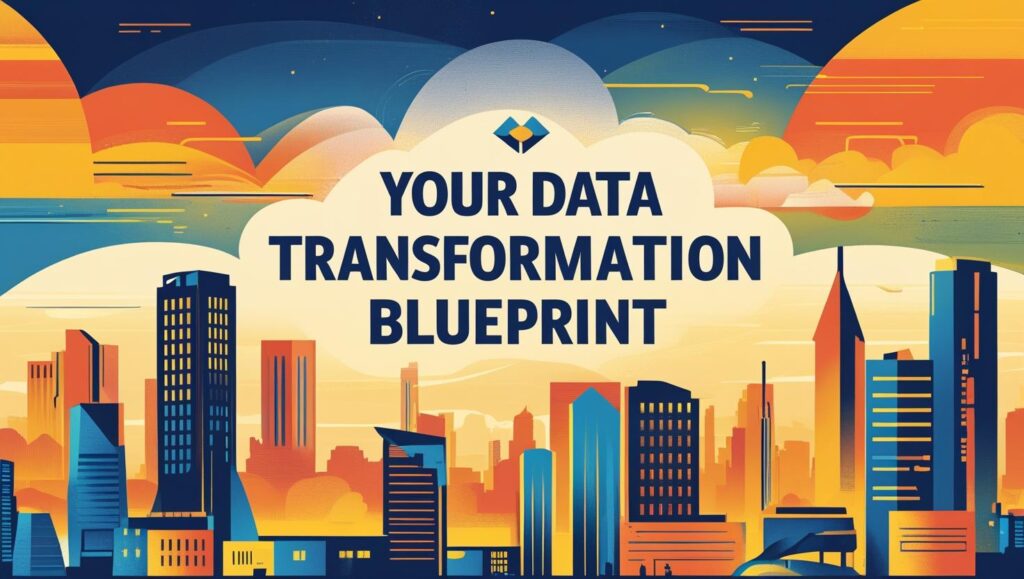Not all information in a list is equally important. This section focuses on the critical initial step of discerning which elements within your raw lists hold the most analytical value. Learn techniques for data profiling and assessment to pinpoint key attributes, variables, and relationships that will contribute significantly to your structured dataset. Prioritizing data relevance saves time and resources.
Standardizing Data Formats for Consistency
Inconsistent data formats can derail any transformation effort. This subtitle list to data explains the importance of establishing uniform standards for dates, numbers, text, and other data types across your lists. We’ll provide methods for data standardization, including using regular expressions and lookup tables, to ensure data integrity and compatibility for analysis. Consistent formats are non-negotiable for reliable data.

Overcoming Common Data Transformation Challenges
The journey from list to data is often fraught with obstacles. This section addresses common challenges such as missing values, duplicate entries, data type mismatches, and schema design complexities. We’ll discuss strategies and best practices for anticipating and mitigating these issues, ensuring a smoother and more efficient data transformation process. Proactive problem-solving is essential.
The Role of Automation in Data Conversion Workflows
Manual data transformation is tedious and prone to error, especially with large datasets. This part highlights the benefits of automating repetitive conversion tasks using scripts, macros, or dedicated ETL (Extract, Transform, Load) tools. Discover how automation can enhance efficiency, reduce human error, and free up resources for more complex analytical work. Automate to innovate.
Integrating Disparate Lists into a Unified Dataset
Often, valuable insights lie in combining information from multiple, unlinked lists. This section explores methodologies for merging and consolidating disparate datasets into a cohesive whole. We’ll cover techniques contact lists like key matching, data reconciliation, and schema mapping to create a comprehensive and unified view of your information. Data unification unlocks holistic understanding.
Ensuring Data Quality and Governance Post-Transformation
The transformation process doesn’t end with structured data; maintaining its quality and ensuring proper governance are crucial. This subtitle discusses strategies for ongoing data validation, establishing data ownership, and implementing data governance policies. Learn how to build a framework that sustains the integrity and utility of your transformed data over time. Quality assurance is continuous.
Leveraging Transformed Data for Predictive Analytics
With your lists successfully converted into structured, high-quality data, the door unleashing the power of raw information opens to advanced analytics, including predictive modeling. This section illustrates how to utilize your refined datasets to build models that forecast future trends, identify potential risks, and inform strategic decisions. Discover how data transformation forms the bedrock of insightful predictive capabilities.
